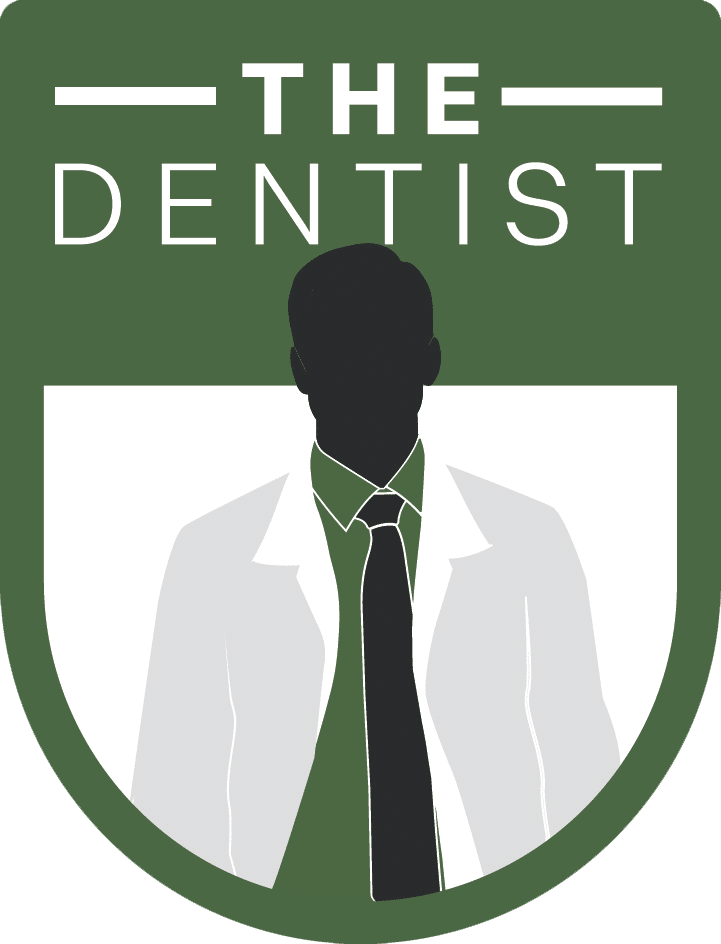Have you just gotten a dental bridge and find yourself wondering when you can finally enjoy your favorite foods again? That first bite after dental work can feel like navigating uncharted territory, especially when you’re balancing hunger with healing. Understanding how long after dental bridge placement you can eat isn’t just about satisfying your appetite—it’s crucial for ensuring the longevity of your new dental restoration and protecting your oral health. Whether you’re currently living on soup and smoothies or preparing for an upcoming bridge procedure, we’ll guide you through exactly what to eat, when to eat it, and how to protect your investment in your smile while keeping your taste buds satisfied.
Understanding Dental Bridge Recovery and Eating Timeline
A dental bridge is a custom-made prosthetic that replaces one or more missing teeth by anchoring to adjacent natural teeth. The success of your dental bridge depends significantly on proper healing and care during the initial recovery period, especially regarding what and when you eat.
How Long After Dental Bridge Can I Eat?
Most patients can resume eating soft foods within a few hours to 24 hours after getting a dental bridge placed. However, the complete return to a normal diet typically takes about two weeks, with some complex cases requiring up to 2 months for full adjustment.
Initial Recovery Timeline
• First 24 hours: Stick to liquids and very soft foods
• Days 2-7: Gradually introduce softer solid foods
• Weeks 2-4: Begin returning to normal diet
• Up to 2 months: Full adjustment to all foods
Recommended Foods During Recovery
First 24 Hours
• Broths and clear soups
• Yogurt
• Smoothies
• Protein shakes
• Mashed potatoes
• Scrambled eggs
First Week
• Soft-cooked vegetables
• Tender fish
• Well-cooked pasta
• Bananas
• Avocados
• Soft bread (no crusts)
Foods to Avoid
• Hard candies or nuts
• Sticky foods like caramel
• Chewy meats
• Very hot or cold items
• Crunchy vegetables
• Hard breads or crackers
Managing Discomfort and Adjustment
It’s normal to experience some sensitivity and mild discomfort during the initial healing period. Most side effects are mild and resolve within a few days, allowing you to maintain your regular daily activities.
Common Post-Procedure Symptoms
• Mild soreness around the bridge area
• Temperature sensitivity
• Slight pressure when biting
• Temporary speech adjustments
Long-Term Care and Maintenance
Proper care ensures your dental bridge’s longevity:
• Brush twice daily with a soft-bristled toothbrush
• Use floss threaders or water flossers
• Schedule regular dental check-ups
• Maintain good oral hygiene habits
When to Contact Your Dentist
Seek professional attention if you experience:
• Persistent pain beyond two weeks
• Difficulty biting or chewing
• Loose-feeling bridge
• Severe sensitivity
• Visible damage to the bridge
Professional Support
For personalized guidance on dental bridge care and recovery, contact The Dentist LV. Our experienced team can provide detailed aftercare instructions and address any concerns about your dental bridge recovery. Visit us at our contact page to schedule a consultation.


